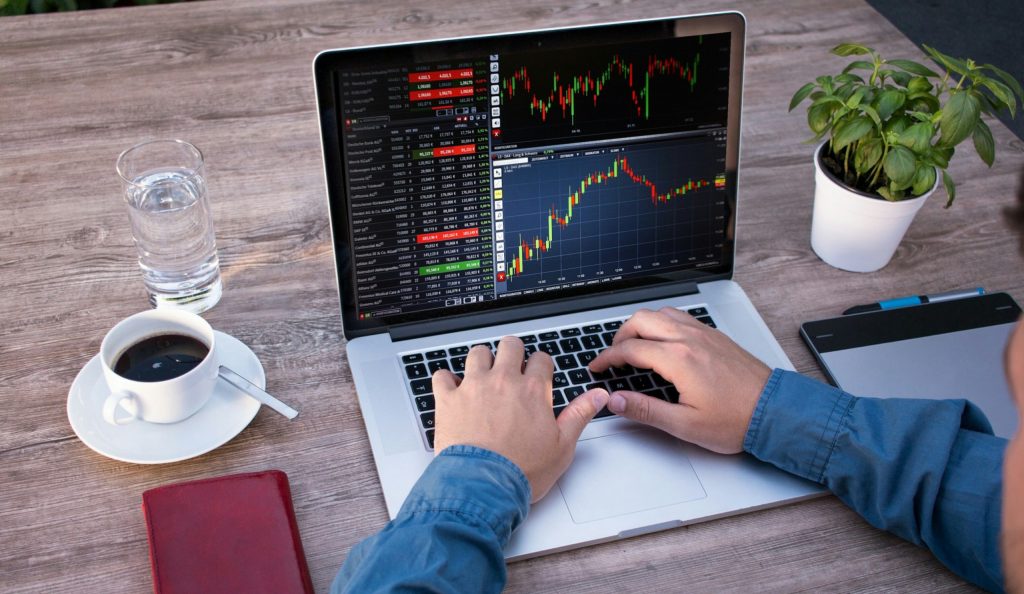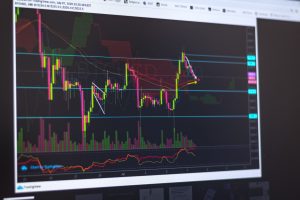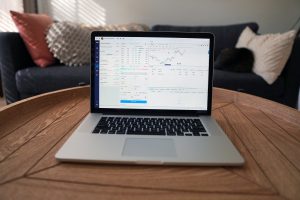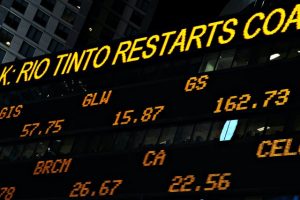Forex trade is a trading phenomenon that is practised across the world. It requires an internet connection to happen. Therefore, most if not all of the forex trades take place online, with the support of the internet.
The success of forex trade relies on a set of rules, which go beyond the entry and exit rules. The foreign exchange technique is comprehensive and considers the following 6 factors.
1. Examining Your Mind set
The first approach to forex trading is knowing one’s personality. You should understand your level of strengths and weaknesses so that you can tell how you are likely to react in the event of trading opportunities or threats arising. Hence, take the time to know yourself and even ask for an opinion from someone that knows you best, in case you find it difficult to describe your personality trait.
After identifying your personality, you can match it with the various trading conditions you are likely to come across under various time frames. Pick the trading conditions you perceive to match your trait perfectly.
For instance, if you prefer closing all your trades before going to bed, it means you are a day trader. However, if you cannot watch your trades as they happen, but prefer open positions trading overnight as you retire to bed, then you can be classified as a night trader.
Understanding your personality and matching it with a trading condition is good as it will allow you to enjoy all you are doing. This helps build and maintain your passion for the forex trade.
Even as you examine your mind set, you should be prepared, objective, and discipline. Additionally, you must be patient and have realistic expectations. Staying prepared is about planning for the trade. You should plan on how you will execute your trades in an organized manner.
Being objective involves the ability to control oneself such that you are not emotionally attached to the trades. When you are objective, you accept the outcomes as they happen, be it a win or a loss. On the other hand, discipline implies the ability to stick to the strategy as planned prior to trading. Hence, you buy and sell as you strategized.
2. Identify Your Mission and Establish Your Goals
You should be able to set your financial goals before you start trading. Once you have your financial goals set, then you can determine the type of returns that will enable you to accomplish those goals.
Even as you have discovered the returns that will enable you to earn your financial goals, you should know the amount you will require to earn for every trade and the number of trades that will bring you the desired returns.
Hence, this will make you question your trading methodology as to whether it is in agreement with your goals or not. If not, then you should consider realigning your trading methodology with your set goals.
3. Ensure You Have Enough Funds
You need money to start trading. Also, you require money or cash to cushion you against trading losses. That is because, without money, you cannot trade, and cannot arise from a lost trade. Therefore, ensure you have enough money for trade.
Note that the money you use for forex trade should not be money that is intended to serve another purpose. The money you use for forex is risk money and should be treated as such.
That means you are willing to lose the money as it will not affect your living conditions. Also, treating forex money as risk capital makes you psychologically prepared for any outcome from the trades.
4. Choose a Market That Exchanges Harmoniously
You will use currencies to make the best selection. You can put to test several currencies through varying time scales to know if they turn at strategic levels. You may commence with daily, then weekly, then monthly, and so on. Doing so will give a clue as to how various currencies trade in varying time scales.
You should not get tired of repeating the process as that will ultimately provide you with the currency that best suits your trading methodology.
5. Put Your Methodology to Test
The aim for putting your trading methodology is to determine whether the profits are really forthcoming. Do so as many times as possible in the various time scales, so that you can know its success rate.
6. Measure Your Risk-Reward Ratio and establish Limits
Measuring the risk-reward ratio is vital in forex trade. This will aid in knowing where to place the stop loss in the event that your trades are not performing as expected. You should control your trades so that you know how much profit and losses are enough for a trading day.
Conclusion
Success in forex trade mainly relies upon the planning or preparation prior to the trade. You must know your mind set, establish your mission plus trade goals, ensure you have enough cash, and pick a market that exchanges harmoniously. Furthermore, place your trading methodology to test, measure your risk-reward ratio, and establish trade limits before the trade commences.






More Stories
What are cryptocurrency exchange-traded funds?
How to implement contrarian strategies?
Demo Account and The Choice of a Forex Broker